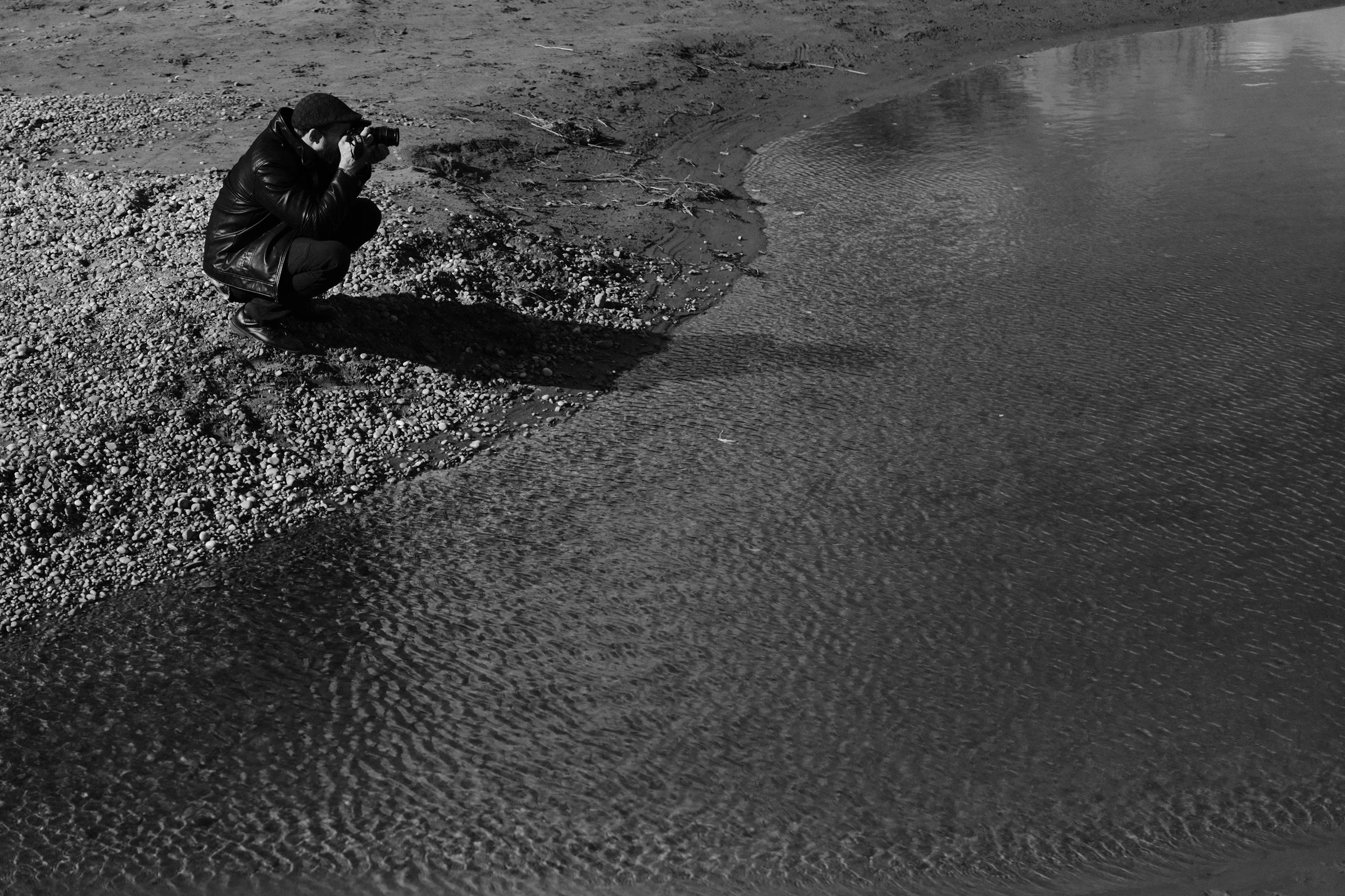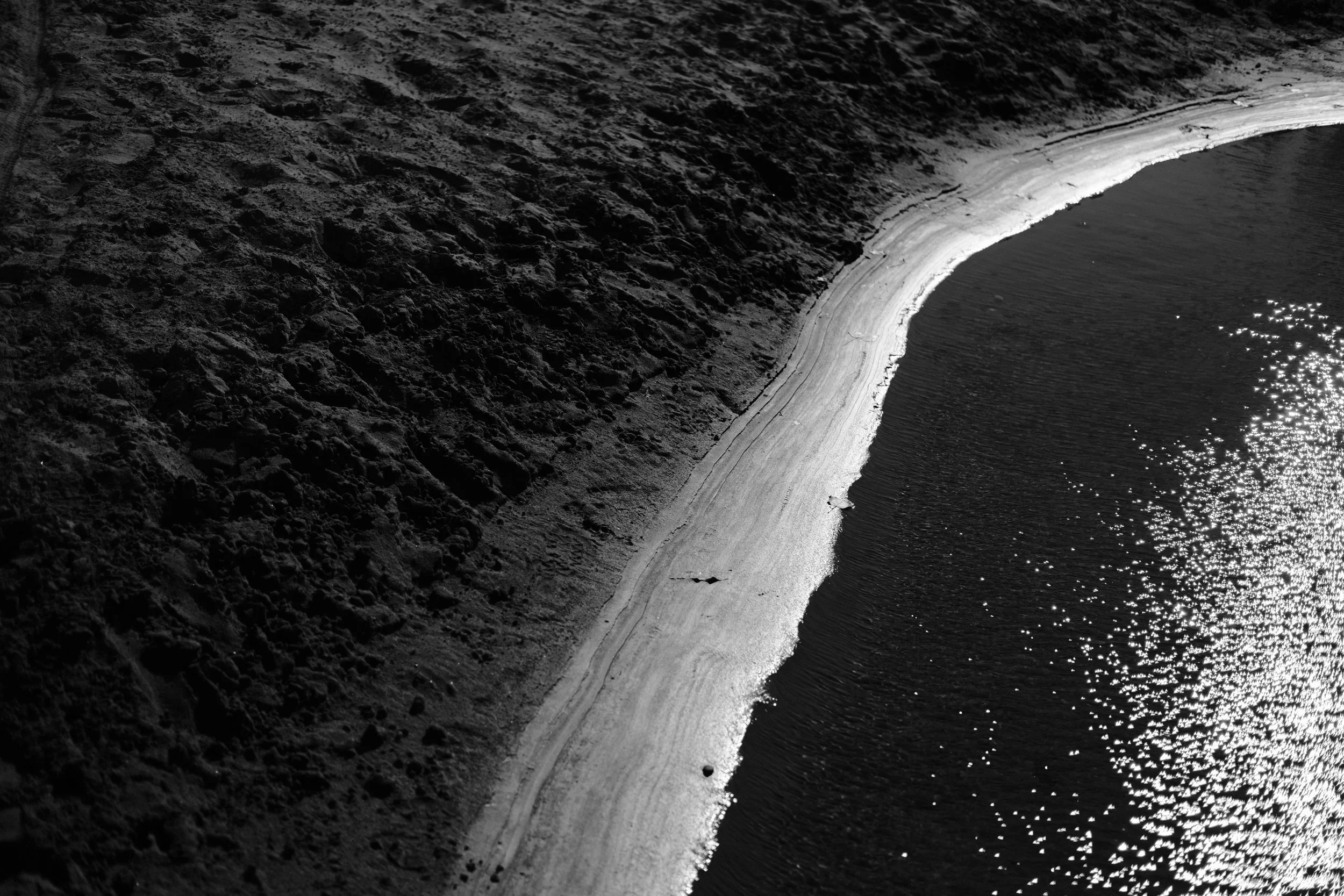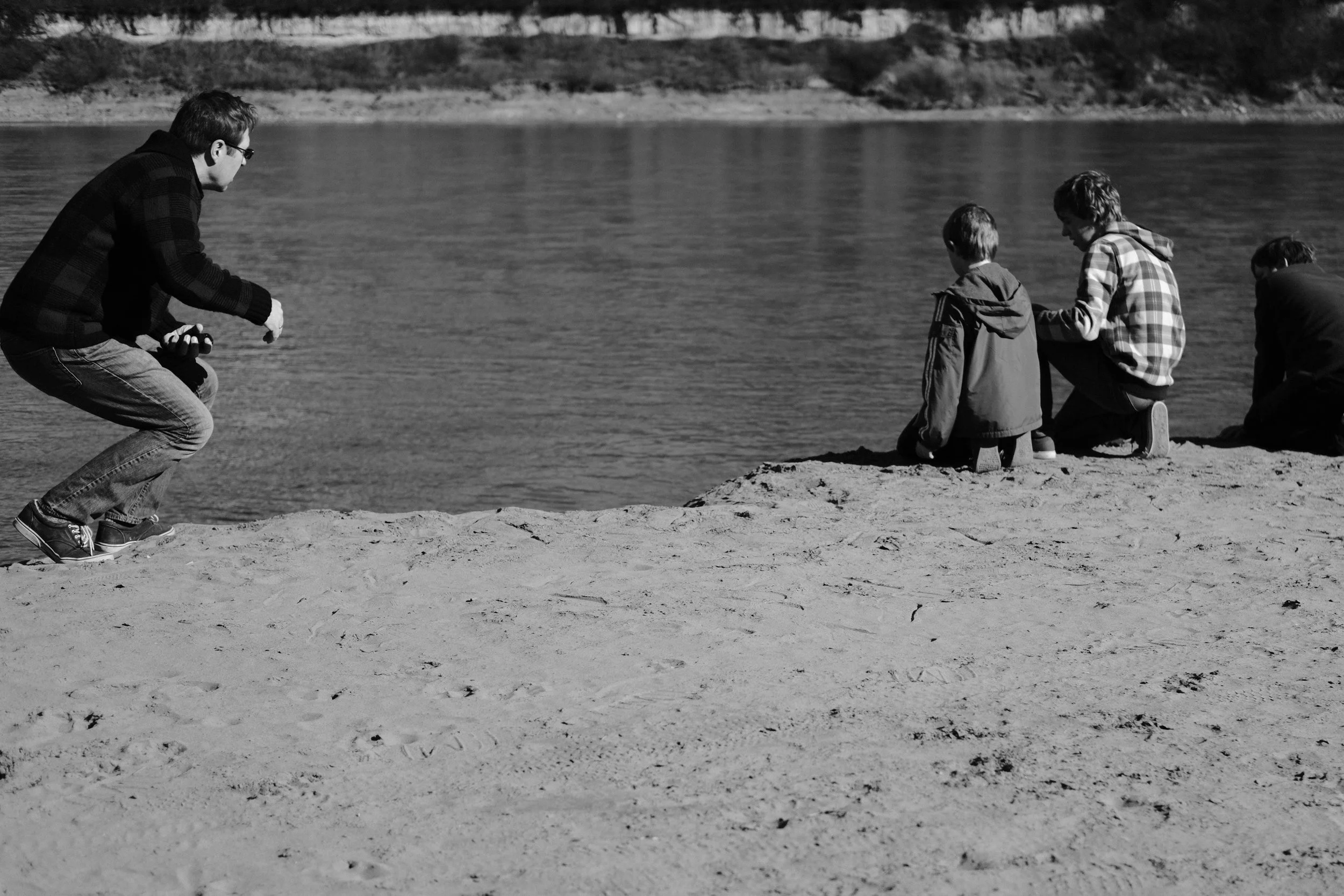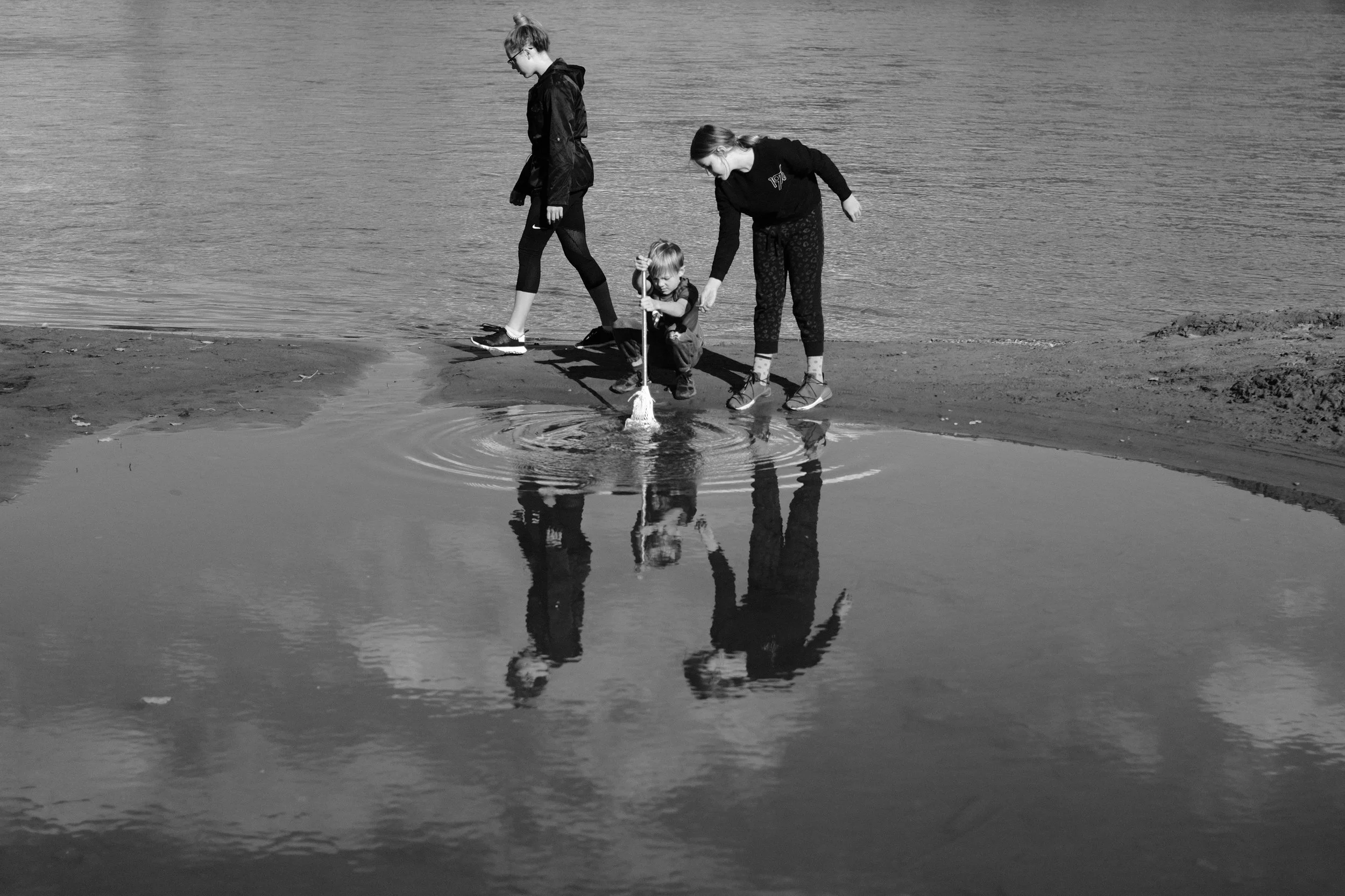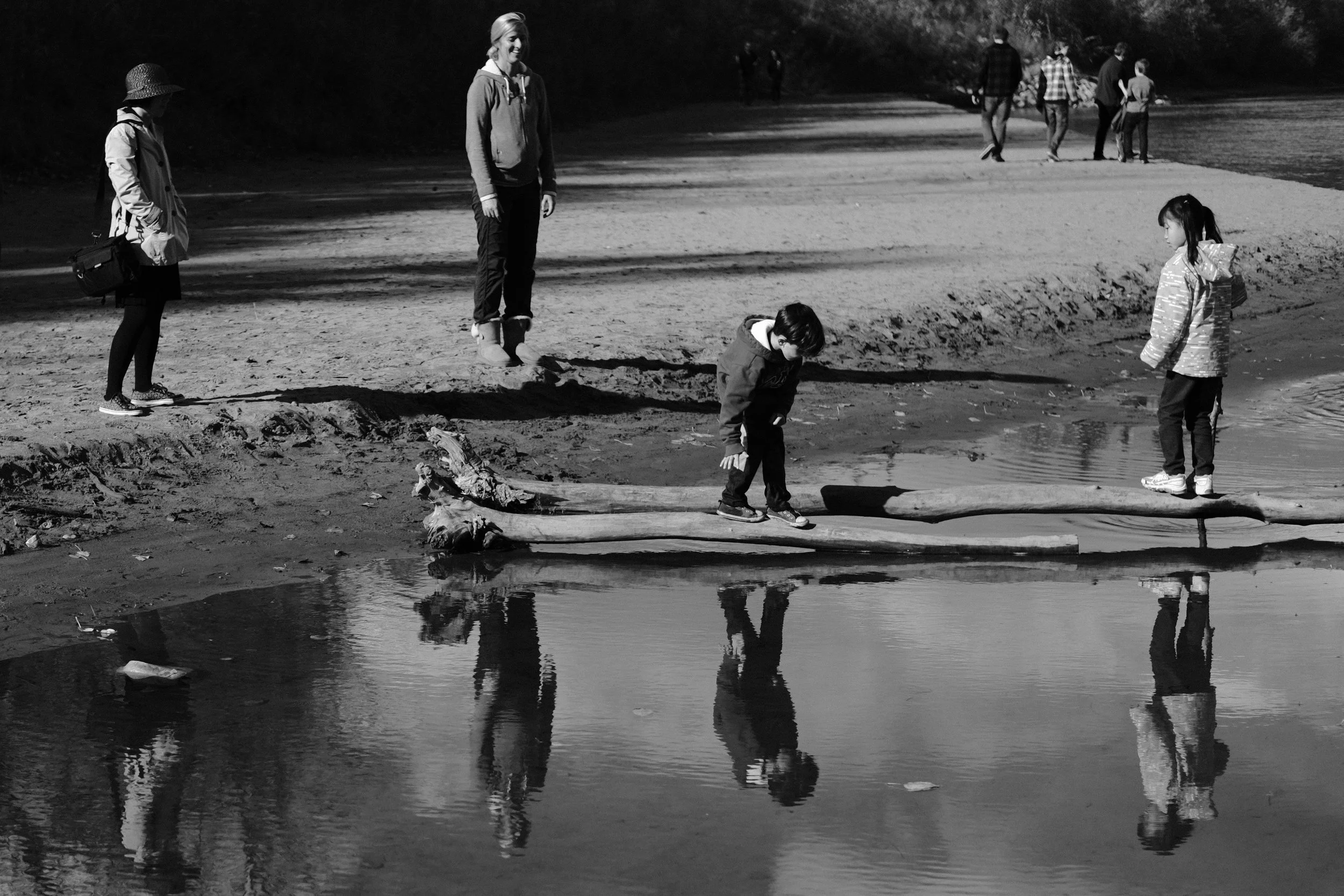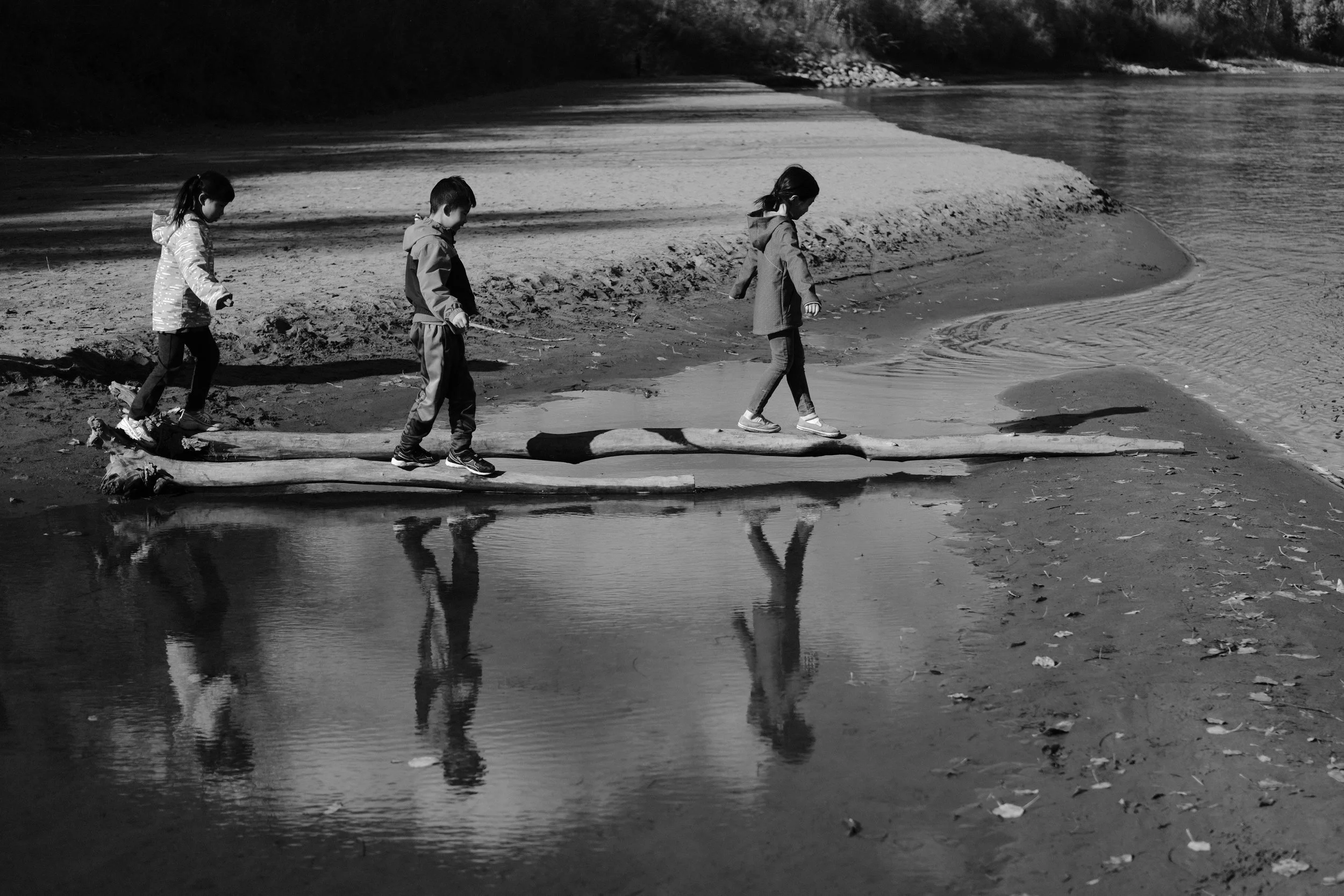Up until a few weeks ago I’d been consciously choosing to shoot wide open (f/2). One might assume this was to maximize the amount of bokeh in my backgrounds for isolation, but in fact I’d been doing it because of the natural vignetting effect that the XF35mmF2 produces.
One of the most obvious drawbacks to this decision is an incredibly shallow depth of field, making a lot of shots awkward to nail.
And yet, I persisted.
Looking back on it now, I can’t explain my stubbornness in the face of so many moments where I was disappointed with the results, or frustrated with the amount of frames I went through.
There’s a fascinating phenomenon when you’re still learning your craft and you justify doing the most irrational things. (I suppose a more charitable way of putting it might be to say “experimenting.”)
Grain Obsessed
Another one of those experiments was how I would shoot with a starting ISO setting of 2000. Fujifilm’s ACROS film simulation has a unique noise-shaping engine that becomes more apparent as you raise sensitivity. Of course, its intent is to simulate the film grain that many classic black and white stocks produce. It gives the shadows texture and creates micro contrast.
So you can imagine what life was like shooting at mid-day, at f/2 and ISO 2000—it was basically impossible given the lack of an ND filter. Even shooting with an electronic shutter at its fastest setting (1/32,000) meant overexposing. One of my settings had to change, and it was almost always ISO that I ended up lowering.
(There’s a Grain Effect setting that can be applied to the in-camera RAW processing engine that adds grain to frames, but the effect applies to the entire frame and very obviously doesn’t noise-shape like ACROS. It can even create an ugly moire effect when it’s added on top of ACROS’s “natural” grain.)
Frustration
My friend Danny and I decided to go on a location-scouting excursion around Edmonton and naturally I opted to shoot a few stills whenever anything interesting was presented. When I got home and went through what I had, I was dismayed with the results, largely because of my stubbornness to shoot exclusively wide open.
It’s not that shooting wide open is something to avoid—if the scene or composition lends itself to having a shallow DoF, do it—but it is about making silly choices because you’re relying on certain effects like a crutch. That lens vignetting isn’t going to fix a shot where most of the elements are out of focus when they might have been more effective to have in focus. Worry about effects later. Successful accidents are far more satisfying than “intentional” mistakes.
